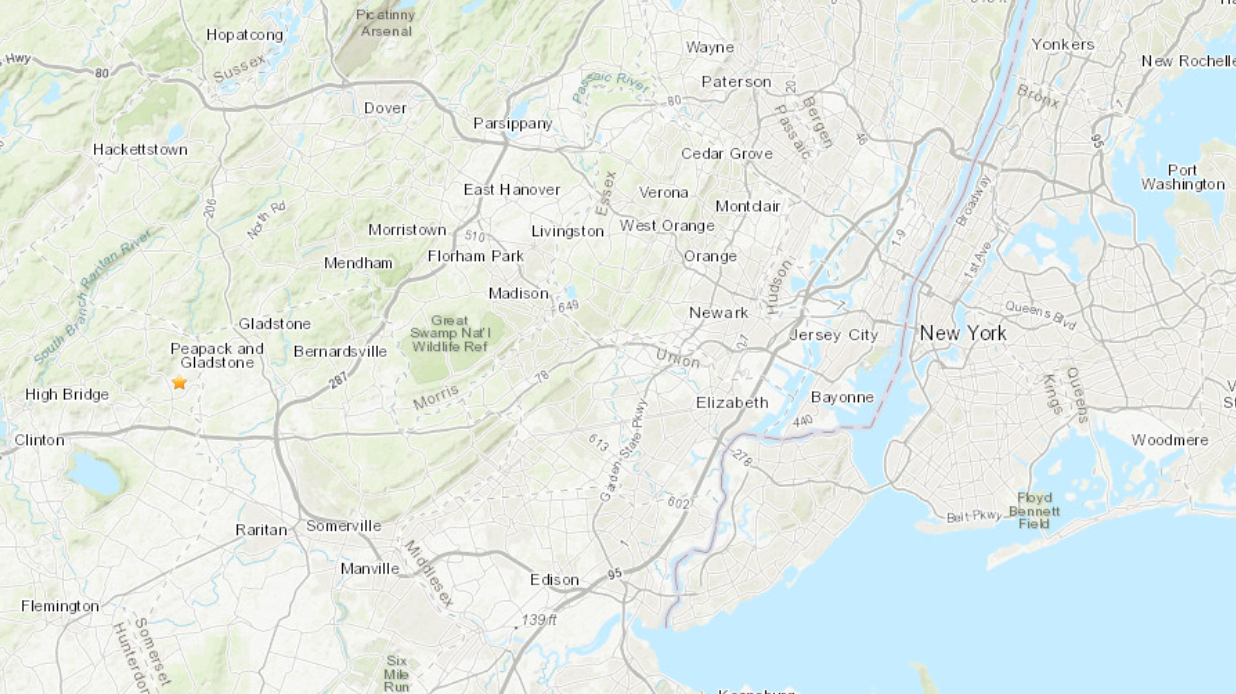Hurricane Sandy is roaring toward the tri-state, expected to make landfall early Tuesday near the southern New Jersey coast, prompting officials to order a mass transit shutdown and widespread mandatory evacuations amid punishing winds, heavy rain and the promise of possibly historic flooding.
Mayor Bloomberg ordered evacuations for the city's most vulnerable flood zone, which includes Battery Park City, Coney Island, Manhattan Beach, Far Rockaway and Midland Beach and South Beach in Staten Island. New York City schools are also closed Monday.
Subways, buses and commuter rails were halted Sunday evening, and bridges and tunnels could be closed on a "case-by-case basis" because of dangerous winds, Gov. Andrew Cuomo said.
Air carriers at Kennedy, LaGuardia, Newark and Stewart airports have ceased operations until further notice.
Hundreds of thousands of people live in New York City's primary evacuation zone, including 45,000 residents in public housing developments where heat, hot water and elevators were being shut off Sunday night, Bloomberg said.
From state to state, authorities warned against complacency, insisting that Sandy is like no other storm in recent memory.
"If you don't evacuate, you're not just putting your own life in danger — you are also endangering the lives of our first responders who may have to come in and rescue you," Bloomberg said.
Local
The National Hurricane Center said Sunday that Sandy was expected to bring "life-threatening storm surge flooding" to the mid-Atlantic coast, including Long Island Sound and New York Harbor. The center said winds were expected to be near hurricane force near landfall.
The storm surge is expected to be as high as 9 feet in some areas, including Jersey City, N.J.
The effects of Sandy could be felt in our area by Sunday morning, with the heaviest rain developing overnight and lasting through Tuesday, meteorologists say. The worst of the storm is to hit Monday into Tuesday morning before it collides with two winter weather systems as it moves inland, creating a hybrid superstorm.
See a timeline of when Sandy's effects will be felt here
What you need to know to prepare, evacuate and find shelters
Outside the city, evacuations were also ordered for coastal areas in New Jersey and Connecticut. New Jersey Gov. Chris Christie ordered mandatory evacuations for the state's barrier islands from Long Beach Island south to Cape May. He also ordered evacuations at Atlantic City casinos by that time.
To anyone planning to ignore the warnings, Christie said, "Don't be stupid -- get out."
The National Hurricane Center in Miami said Sandy, which has left more than 60 people dead in its path through the Caribbean, will continue moving parallel to the Southeast coast and approach the coast of the mid-Atlantic states by Monday night.
The storm could be wider and stronger than Irene, which caused more than $15 billion total in damage, and could rival the worst East Coast storm on record.
After Irene left millions without power, utilities in the tri-state were taking no chances and were lining up extra crews and tree-trimmers. Wind threatens to topple power lines, and trees that still have leaves could be weighed down by snow and fall over if the weight becomes too much.
Sandy is arriving in our region during a full moon when tides are near their highest, increasing coastal flooding potential, particularly across the south shores of Long Island and coastal New Jersey.
It is already making its approach known, with high winds, rough surf and coastal flooding.
Significant beach erosion is expected along the shore lines with wind gusts of 60 to 70 mph, 6 to 10 inches of rain, waves of up to 20 feet and widespread power outages that could last to Election Day.
- Hundreds of thousands of people live in the New York City zone where evacuations were ordered Sunday. See the zone in orange on this map. Bloomberg said the city is opening 72 shelters that can be found on the city's website or by calling 311.
- Bloomberg said people who ignore the order would not be arrested, but are being "selfish"
- The mayor said heat, hot water and elevators would be shut off in 26 public housing developments located in the primary zone, and said buses were being brought to take those 45,000 people to shelters.
- Airlines are not operating at the Port Authority airports until further notice.
- Most hospitals in the zone are not being evacuated, Bloomberg said, because officials are confident that they all have backup generators and can withstand the storm. New York Downtown Hospital, near Wall Street, announced it had moved all of its patients to other hospitals by Sunday at 5 p.m.
- The city's 1.1 million-pupil school system, the largest in the nation, is also closed.
- City parks closed at 5 p.m. Sunday, the mayor said.
- The city is under a high wind warning from 6 a.m. Monday to 6 p.m. Tuesday, the National Weather Service said. Sustained winds of up to 55 mph, with gusts up to 80 mph, are expected, with the strongest winds Monday afternoon and evening.
- In August 2011, Bloomberg ordered evacuations in low-lying areas of the city as Hurricane Irene approached. The MTA also shut down trains and buses.
- Con Ed said said it would shut off some steam lines in parts of Manhattan, fearing cold water flooding could burst hot lines.
- On Long Island, evacuations are in effect for Fire Island. Residents were to leave by 2 p.m. Sunday, the Islip town supervisor said.
- In Suffolk County, mandatory evacuations were ordered for homes and businesses along Dune Road by 5 p.m. Sunday in Southhampton Town, and the villages of Quogue and Westhampton Beach, as strong winds and high storm surge are now expected to impact the South Shore of Long Island. Homes south of Main Street in Westhampton Beach are also being evacuated. Several shelters have been established; the latest information can be found here.
- In Nassau, residents can go here for information.
- Thousands of people who live along the New Jersey coast fled inland Sunday as authorities warned that the state would see record flooding and storm surge as high as 9 feet in places.
- To find shelters by county, go here. Officials say shelters are being set up in 18 counties to accommodate roughly 12,000 people and, if needed, the state will mobilize five shelters to house another 5,000 people. For a list of county OEM coordinators, go here.
- Christie said of the state's 590 school districts statewide, about 350 districts were closed on Monday, and about 250 of those would also be closed on Tuesday. The decisions were being made at the county level, so parents are urged to check locally.
- Despite the dire predictions and early tidal flooding, some coastal residents said they planned to stay in their homes. Many predicted Sandy would fizzle as most of the recent storms to approach the shore did, while others said they felt safer in their homes.
- PSE&G is warning that between 500,000 and 1 million of its 2.2 million customers could lose power.
- To help ease the evacuations, administration officials said tolls would be suspended on the northbound Garden State Parkway — from Cape May to the Driscoll Bridge — and on the full length of the westbound Atlantic City Expressway. The toll suspension started at 6 a.m. Sunday and remains in effect indefinitely, officials said.
- New Jersey Transit service on the Atlantic City Line was suspended at 4 p.m. Sunday. All other New Jersey Transit lines will be suspended by Sunday evening. PATH trains will also be shut down, beginning at 12:01 a.m. Monday.
CONNECTICUT
- Several Connecticut shoreline municipalities are calling for evacuations of low-lying areas.
- Bridgeport and Fairfield are issuing evacuation orders for vulnerable communities effective as of noon Sunday. Old Saybrook and East Haven are also calling for people to leave flood-prone areas.
- Gov. Dannel Malloy says Connecticut residents should expect to go for a long time without power.
- Malloy said the extraordinarily long storm could hamper recovery efforts in a state used for severe weather that generally lasts for 12 hours.
- "Folks, this could be bad, really bad. It could impact us in several ways and for a long period of time," Malloy said. "Please take it seriously as we are taking it. We are talking about a potential for high number of power outages and for an extended period of time. We are talking about severe flooding."
- Malloy says 400 members of the national guard will be on standby to help in recovery efforts. Other preparatory measures include putting additional state police troopers and dispatchers on duty.
- The state has launched a site to keep residents up to date on Sandy. It can be found here.



